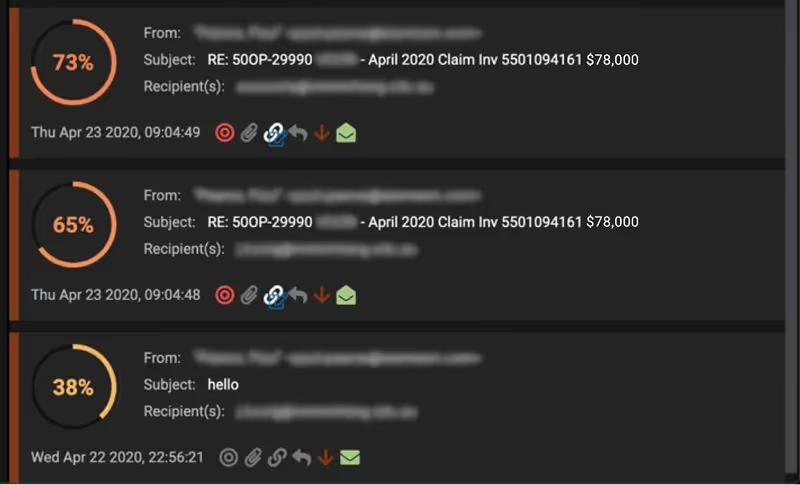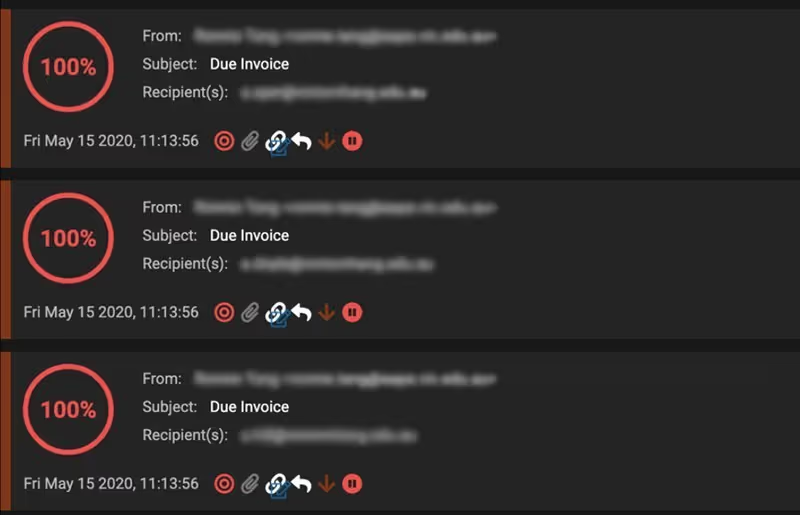Introduction: Why securing AI is now a security priority
AI adoption is at the forefront of the digital movement in businesses, outpacing the rate at which IT and security professionals can set up governance models and security parameters. Adopting Generative AI chatbots, autonomous agents, and AI-enabled SaaS tools promises efficiency and speed but also introduces new forms of risk that traditional security controls were never designed to manage. For many organizations, the first challenge is not whether AI should be secured, but what “securing AI” actually means in practice. Is it about protecting models? Governing data? Monitoring outputs? Or controlling how AI agents behave once deployed?
While demand for adoption increases, securing AI use in the enterprise is still an abstract concept to many and operationalizing its use goes far beyond just having visibility. Practitioners need to also consider how AI is sourced, built, deployed, used, and governed across the enterprise.
The goal for security teams: Implement a clear, lifecycle-based AI security framework. This blog will demonstrate the variety of AI use cases that should be considered when developing this framework and how to frame this conversation to non-technical audiences.
What does “securing AI” actually mean?
Securing AI is often framed as an extension of existing security disciplines. In practice, this assumption can cause confusion.
Traditional security functions are built around relatively stable boundaries. Application security focuses on code and logic. Cloud security governs infrastructure and identity. Data security protects sensitive information at rest and in motion. Identity security controls who can access systems and services. Each function has clear ownership, established tooling, and well-understood failure modes.
AI does not fit neatly into any of these categories. An AI system is simultaneously:
- An application that executes logic
- A data processor that ingests and generates sensitive information
- A decision-making layer that influences or automates actions
- A dynamic system that changes behavior over time
As a result, the security risks introduced by AI cuts across multiple domains at once. A single AI interaction can involve identity misuse, data exposure, application logic abuse, and supply chain risk all within the same workflow. This is where the traditional lines between security functions begin to blur.
For example, a malicious prompt submitted by an authorized user is not a classic identity breach, yet it can trigger data leakage or unauthorized actions. An AI agent calling an external service may appear as legitimate application behavior, even as it violates data sovereignty or compliance requirements. AI-generated code may pass standard development checks while introducing subtle vulnerabilities or compromised dependencies.
In each case, no single security team “owns” the risk outright.
This is why securing AI cannot be reduced to model safety, governance policies, or perimeter controls alone. It requires a shared security lens that spans development, operations, data handling, and user interaction. Securing AI means understanding not just whether systems are accessed securely, but whether they are being used, trained, and allowed to act in ways that align with business intent and risk tolerance.
At its core, securing AI is about restoring clarity in environments where accountability can quickly blur. It is about knowing where AI exists, how it behaves, what it is allowed to do, and how its decisions affect the wider enterprise. Without this clarity, AI becomes a force multiplier for both productivity and risk.
The five categories of AI risk in the enterprise
A practical way to approach AI security is to organize risk around how AI is used and where it operates. The framework below defines five categories of AI risk, each aligned to a distinct layer of the enterprise AI ecosystem
How to Secure AI in the Enterprise:
- Defending against misuse and emergent behaviors
- Monitoring and controlling AI in operation
- Protecting AI development and infrastructure
- Securing the AI supply chain
- Strengthening readiness and oversight
Together, these categories provide a structured lens for understanding how AI risk manifests and where security teams should focus their efforts.
1. Defending against misuse and emergent AI behaviors
Generative AI systems and agents can be manipulated in ways that bypass traditional controls. Even when access is authorized, AI can be misused, repurposed, or influenced through carefully crafted prompts and interactions.
Key risks include:
- Malicious prompt injection designed to coerce unwanted actions
- Unauthorized or unintended use cases that bypass guardrails
- Exposure of sensitive data through prompt histories
- Hallucinated or malicious outputs that influence human behavior
Unlike traditional applications, AI systems can produce harmful outcomes without being explicitly compromised. Securing this layer requires monitoring intent, not just access. Security teams need visibility into how AI systems are being prompted, how outputs are consumed, and whether usage aligns with approved business purposes
2. Monitoring and controlling AI in operation
Once deployed, AI agents operate at machine speed and scale. They can initiate actions, exchange data, and interact with other systems with little human oversight. This makes runtime visibility critical.
Operational AI risks include:
- Agents using permissions in unintended ways
- Uncontrolled outbound connections to external services or agents
- Loss of forensic visibility into ephemeral AI components
- Non-compliant data transmission across jurisdictions
Securing AI in operation requires real-time monitoring of agent behavior, centralized control points such as AI gateways, and the ability to capture agent state for investigation. Without these capabilities, security teams may be blind to how AI systems behave once live, particularly in cloud-native or regulated environments.
3. Protecting AI development and infrastructure
Many AI risks are introduced long before deployment. Development pipelines, infrastructure configurations, and architectural decisions all influence the security posture of AI systems.
Common risks include:
- Misconfigured permissions and guardrails
- Insecure or overly complex agent architectures
- Infrastructure-as-Code introducing silent misconfigurations
- Vulnerabilities in AI-generated code and dependencies
AI-generated code adds a new dimension of risk, as hallucinated packages or insecure logic may be harder to detect and debug than human-written code. Securing AI development means applying security controls early, including static analysis, architectural review, and continuous configuration monitoring throughout the build process.
4. Securing the AI supply chain
AI supply chains are often opaque. Models, datasets, dependencies, and services may come from third parties with varying levels of transparency and assurance.
Key supply chain risks include:
- Shadow AI tools used outside approved controls
- External AI agents granted internal access
- Suppliers applying AI to enterprise data without disclosure
- Compromised models, training data, or dependencies
Securing the AI supply chain requires discovering where AI is used, validating the provenance and licensing of models and data, and assessing how suppliers process and protect enterprise information. Without this visibility, organizations risk data leakage, regulatory exposure, and downstream compromise through trusted integrations.
5. Strengthening readiness and oversight
Even with strong technical controls, AI security fails without governance, testing, and trained teams. AI introduces new incident scenarios that many security teams are not yet prepared to handle.
Oversight risks include:
- Lack of meaningful AI risk reporting
- Untested AI systems in production
- Security teams untrained in AI-specific threats
Organizations need AI-aware reporting, red and purple team exercises that include AI systems, and ongoing training to build operational readiness. These capabilities ensure AI risks are understood, tested, and continuously improved, rather than discovered during a live incident.
Reframing AI security for the boardroom
AI security is not just a technical issue. It is a trust, accountability, and resilience issue. Boards want assurance that AI-driven decisions are reliable, explainable, and protected from tampering.
Effective communication with leadership focuses on:
- Trust: confidence in data integrity, model behavior, and outputs
- Accountability: clear ownership across teams and suppliers
- Resilience: the ability to operate, audit, and adapt under attack or regulation
Mapping AI security efforts to recognized frameworks such as ISO/IEC 42001 and the NIST AI Risk Management Framework helps demonstrate maturity and aligns AI security with broader governance objectives.
Conclusion: Securing AI is a lifecycle challenge
The same characteristics that make AI transformative also make it difficult to secure. AI systems blur traditional boundaries between software, users, and decision-making, expanding the attack surface in subtle but significant ways.
Securing AI requires restoring clarity. Knowing where AI exists, how it behaves, who controls it, and how it is governed. A framework-based approach allows organizations to innovate with AI while maintaining trust, accountability, and control.
The journey to secure AI is ongoing, but it begins with understanding the risks across the full AI lifecycle and building security practices that evolve alongside the technology.







































